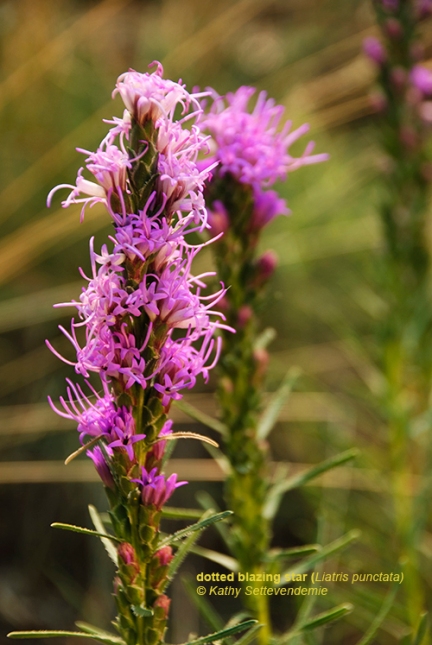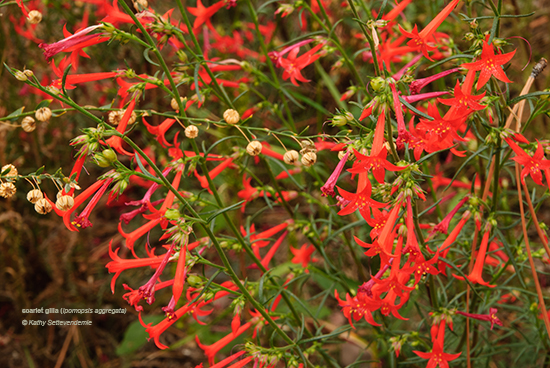
Seed catalogs arrive daily and it’s time to plan this year’s vegetable garden. Vegetables plots are enhanced by adding wildflowers, especially natives that attract native pollinators, contribute to biodiversity, and provide both color and texture.
Many native plants are edible and/or medicinal and can add to your harvest.
 Continuous blooms will assist with pollination while adding to the beauty of a garden. Plants that bloom in different seasons often live together in small areas so incorporating multiple species in or near your vegetable garden will not only reward you with long periods of flowers but assist in attracting pollinators to your vegetables. Biodiversity also contributes to the improvement of soil health, stabilizes soils, provides nutrient storage and assists in mitigating chemical and water pollution.
Continuous blooms will assist with pollination while adding to the beauty of a garden. Plants that bloom in different seasons often live together in small areas so incorporating multiple species in or near your vegetable garden will not only reward you with long periods of flowers but assist in attracting pollinators to your vegetables. Biodiversity also contributes to the improvement of soil health, stabilizes soils, provides nutrient storage and assists in mitigating chemical and water pollution.
 Species that get along well with others in a vegetable garden include those that do not reseed freely and have fibrous rather than rhizomatous roots that might take over. While many Montana native species prefer poor soils, those that tolerate extra water and lush soil conditions (such as those found in well tended vegetable gardens) will outperform those that don’t. It is important to work with plants that will be right for your garden area.
Species that get along well with others in a vegetable garden include those that do not reseed freely and have fibrous rather than rhizomatous roots that might take over. While many Montana native species prefer poor soils, those that tolerate extra water and lush soil conditions (such as those found in well tended vegetable gardens) will outperform those that don’t. It is important to work with plants that will be right for your garden area.
 Here are some of the most well-behaved native wildflowers that will tolerate growing in a vegetable garden.
Here are some of the most well-behaved native wildflowers that will tolerate growing in a vegetable garden.
Early summer bloomers:
arrowleaf balsamroot (Balsamhoriza sagittata)
hairy goldenaster (Heterotheca villosa)
lupine species (Lupinus spp.)
round-leaf alumroot (Heuchera cylindrica)
showy Jacob’s ladder (Polemonium pulcherrimum)
Midsummer bloomers:
black-eyed Susan (Rudbeckia hirta)
*blanketflower (Gaillardia aristata)
blue columbine (Aquilegia coerulea)
*clarkia (Clarkia pulchella)
nodding onion (Allium cernuum)
Rocky Mountain biplane (Cleome serrulata)
Rocky Mountain penstemon (Penstemon strictus)
*scarlet gilia (Ipomopsis aggregata)
showy fleabane (Erigeron speciosus)
wild bergamot (Monarda fistulosa)
*these will continue to bloom all summer with water
Late summer bloomers:
dotted blazing star (Liatris punctata)
Hooker’s evening primrose (Oenothera elate)
pale purple coneflower (Echinacea angustifolia)
purple prairie clover (Dalea purpurea)
sunflower species (Helianthus spp.)
yellow prairie coneflower (Ratibida columnifera)
Clarkia, Hooker’s evening primrose and Rocky Mountain beeplant are annuals that will reseed. The rest are perennial.
We offer these native wildflowers at BNP or look for them at your local nursery (ask if you don’t see them) and at annual Montana Native Plant Society sales in your area.
